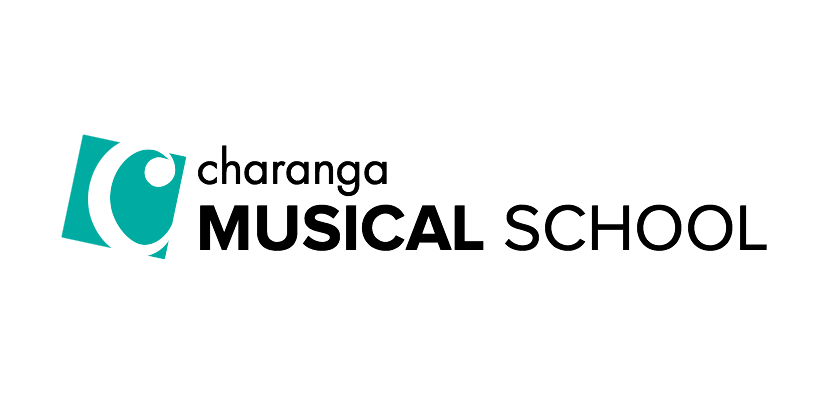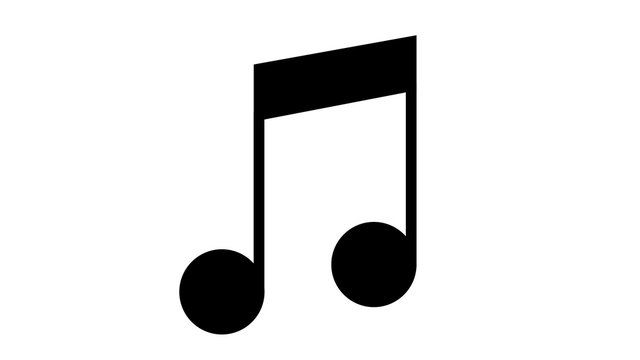
Music
Teaching Music at Glenthorne Community Primary School
Music is a unique way of communicating that can inspire and motivate children. It gives an opportunity for personal expression and it can play an important part in the personal development of an individual. Music reflects our culture and society and so the teaching and learning of music enables children to better understand the world they live in. It is also important in helping children feel part of a community. Besides being a creative and enjoyable activity, music can be a highly academic and demanding subject.
DfE 2021: Music is all around us. It is the soundtrack to our lives. Music connects us through people and places in our ever-changing world. It is creative, collaborative, celebratory and challenging. In our schools, music can bring communities together through the shared endeavour of whole-school singing, ensemble playing, experimenting with the creative process and, through the love of listening to friends and fellow pupils, performing. The sheer joy of music making can feed the soul of a school community, enriching each student while strengthening the shared bonds of support and trust which make a great school.
Curriculum Intent
At Glenthorne Community Primary School our aim is to develop a love of music and an appreciation of the wide variety of musical styles from across the world, and encourage children to explore and experiment with music.
The aims of teaching music in our school are to develop pupils who:
- Acquire the skills and knowledge of a variety of types of music and ways of expressing their own interests and musical abilities.
- Promote a life-long love of music and appreciation for music and the role it can play in spiritual health, mental health and cultural development.
Special Educational Needs Disability (SEND) / Pupil Premium / Higher Attainers
Research suggests that arts participation has a greater effect for younger learners and in some cases, higher attainment for disadvantaged pupils. The wider benefits of music and art education show long term positive benefits to learning and an increasing sense of well-being for all pupils.
The national curriculum for music aims to ensure that all pupils:
- perform, listen to, review and evaluate music across a range of historical periods, genres, styles and traditions, including the works of the great composers and musicians
- learn to sing and to use their voices, to create and compose music on their own and with others, have the opportunity to learn a musical instrument, use technology appropriately and have the opportunity to progress to the next level of musical excellence
- understand and explore how music is created, produced and communicated, including through the interrelated dimensions: pitch, duration, dynamics, tempo, timbre, texture, structure and appropriate musical notations
The aim of the Model Music Curriculum
In time and resources, this provision is as follows:
• At Key Stages 1 and 2, pupils should receive a minimum of one hour of teaching a week; this may take the form of short sessions spread across the week.
• In Years 3 or 4, it is recommended that each class should start a whole-class instrumental programme lasting a minimum of one term.
• There should be access to both rhythmic and melodic instruments in Key Stages 1 and 2; this may be as part of the whole-class instrumental programme and/or in other classroom teaching.
Key Stage 1
Pupils should be taught to:
- use their voices expressively and creatively by singing songs and speaking chants and rhymes
- play tuned and untuned instruments musically
- listen with concentration and understanding to a range of high-quality live and recorded music
- experiment with, create, select and combine sounds using the interrelated dimensions of music
Key Stage 2
Pupils should be taught to sing and play musically with increasing confidence and control. They should develop an understanding of musical composition, organising and manipulating ideas within musical structures and reproducing sounds from aural memory.
Pupils should be taught to:
- play and perform in solo and ensemble contexts, using their voices and playing musical instruments with increasing accuracy, fluency, control and expression
- improvise and compose music for a range of purposes using the interrelated dimensions of music
- listen with attention to detail and recall sounds with increasing aural memory
- use and understand staff and other musical notations
- appreciate and understand a wide range of high-quality live and recorded music drawn from different traditions and from great composers and musicians
- develop an understanding of the history of music
Implementation
At Glenthorne we make music an enjoyable learning experience. We encourage children to participate in a variety of musical experiences through which we aim to build up the confidence of all children. Music is promoted through school productions, assemblies, music lessons and competitions and school choir. Children will learn to play and perform, read and create their own music. Throughout their time at Glenthorne, the children will focus on key musical skills of rhythm, beat and pitch in conjunction with dynamics, duration and tempo.
Our teaching focuses on developing:
- the ability to sing with awareness of posture, phrasing, tone and good diction and good intonation as part of an ensemble,
- the skills of recognising pulse, metre, dynamics, timbre, texture, structure, rhythm and pitch,
- an ability to play instruments with control and sensitivity,
- working with others to make music,
- recognising how individuals combine together to make sounds,
- knowledge of musical notation and how to compose music,
- using technology to support learning.
Teaching Music at Glenthorne Community Primary School
The National Curriculum Inclusion Statement states that teachers should set high expectations for every pupil, whatever their prior attainment. Teachers should use appropriate assessment to set targets which are deliberately ambitious. Potential areas of difficulty should be identified and addressed at the outset. Lessons should be planned to address potential areas of difficulty and to remove barriers to pupil achievement.
Key Stage 1 & 2
The Music Curriculum for KS1 follows the Entrust progression matrix linked to the 'Charanga' Music Scheme. The Music Curriculum for KS2 is taught by Entrust Music and Performing Arts Service. The teacher for KS2 is Emily Askey, who teaches all the children as a whole class for 30 minutes per week. The topics chosen are generally linked to the theme the particular class is working on for that half term and build upon prior learning. There are opportunities for children of all abilities to develop their skills and knowledge in each teaching unit. The planned progression built into the scheme of work means that the children are increasingly challenged as they move through the school.
Foundation Stage:
We teach music in our Reception class as an integral part of the topic work covered during the year. As the reception class is part of the Foundation Stage of the National Curriculum, we relate the musical aspects of the children’s work to the objectives set out in the Early Learning Goals (ELGs), which underpin the curriculum planning for children aged three to five.
Children explore and develop a love of music through singing, sharing nursery rhymes and dancing. They are encouraged to use instruments, music, role-play and small world play both inside and out, to express themselves and their experiences which are readily available in the environment. They learn to listen to sounds in their environment and made by instruments, especially in Nursery where they follow Phase 1 of Phonics Letters and Sounds. Children are taught rhythms, rhymes and changing sounds not only with instruments but using body percussion too. The children are encouraged to respond to music and the sounds they hear through enjoyment and experimentation. Both Nursery and Reception produce a Christmas nativity where they get the opportunity to demonstrate the skills they have learnt so far and perform to a live audience. Reception also go to weekly assemblies where they learn songs that are sung throughout the school.
Impact
We measure the impact of our curriculum through the following methods:
- Children meeting ARE in music at end of cohort year
- Children aware of key vocabulary and terms associated with Music.
- Children of all ages have the opportunity to use instruments and other musical forms to express themselves.
- Children will have an awareness of the musical opportunities for them at Glenthorne Community Primary School,
- Children will gain experience of performing for an audience.
Opportunities for Live Music:
- Singing practice — once a week the whole school meets to learn hymns or listen to songs for assembly and special occasions linked to RE and PSHE.
- Listening and Appraising — when the whole school meets for collective worship. This is an opportunity for introducing new music to the children and for quiet reflection at the start of each assembly.
- School entertainments — at Christmas time, the school takes part in a musical performance. This also happens at the end of each Year where KS2 produce a Summer performance.
- Other celebrations and occasions including Harvest Festival and Easter.
School Choir-the school has a strong choir who perform regularly in a variety of events.





